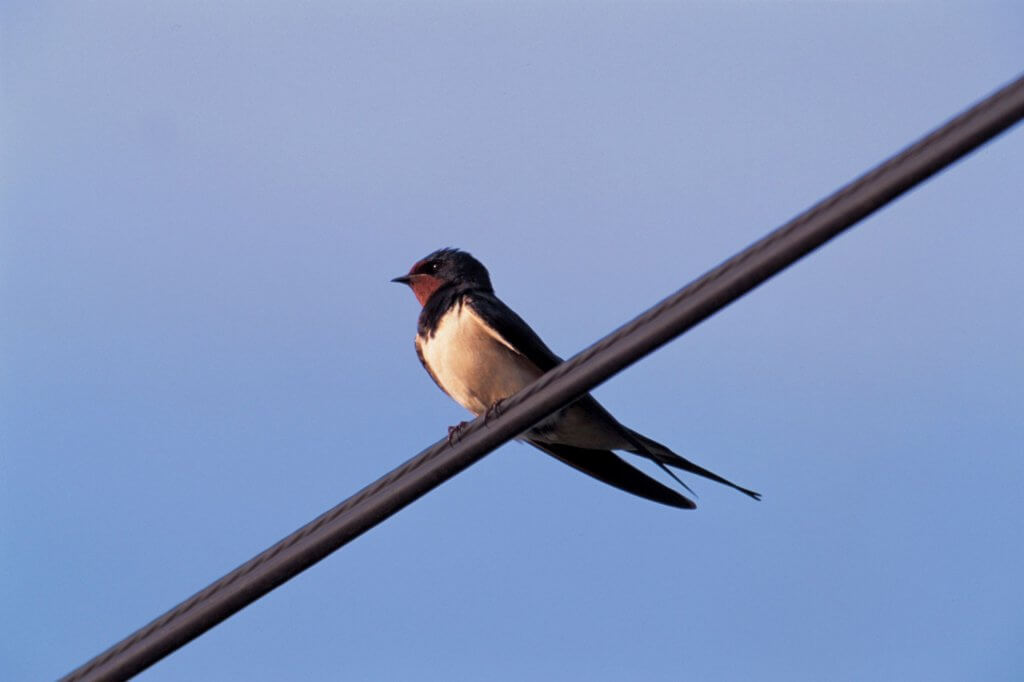
[registration_form]Warm Saharan breeze brings swallows and martins home weeks early
Travelling ahead of the ‘Saharan plume’ many birds usually seen in spring are starting to arrive back in the UK after spending a warm winter in Africa.
The RSPB is already receiving reports of swallows and house martins being spotted in Cornwall, Devon and south Wales weeks ahead of when they would usually be expected to be seen back in the UK.
Every year the tiny swallow escapes the worst of the winter by flying to South Africa. An amazing 6,000 mile journey where they fly over 200 miles a day, often arriving back in the UK at the end of March.
House martins also fly to warmer countries for winter, with many journeying to Nigeria, Senegal and other parts of west Africa before making the return trip to arrive back in April.
And these are just the first two of many bird species that make an epic journey to arrive in the UK in time for our spring and summer every year.
Sian Denney, an RSPB wildlife expert said: ‘Everyone enjoys the sights and sounds of our birds returning from Africa, it is a good sign that the worst of winter has passed and spring is on its way. Last year’s storms delayed the arrival of many of our birds, so clearly they are taking advantage of the ‘Saharan plume’ to reappear in our skies, countryside and gardens earlier than usual.
After flying such an amazing distance the birds returning from Africa will be hungry and looking to make a home, so now is a really good time to make your garden inviting with food to welcome our spring birds back. And, as more birds return to the UK, everyone can welcome them back by growing insect-friendly plants or creating suitable nesting sites, such as swift boxes which will really help them after their long flight.’.
To find out more about the birds in your garden and what you can to do help, please visit: www.rspb.org.uk/birds-and-wildlife/advice/how-you-can-help-birds/
END
Just goes to show how climate change is beginning to influence he habits of wild birds. Goshawks were observed in Derbyshire displaying a few weeks ago, and today I witnessed my first pair displaying at a secret location, the site I dare not mention; what a rare privilege. If this good weather continues hen harriers are likely to be seen displaying, possibly within the next two weeks. However if the heather burning continues any attempt to breed are likely to come to nothing, that is if there are any harriers still around to breed. Last year I saw my first male hen harrier displaying on the 10 th April, the following day the moorland where 24 hours earlier I had witnessed this spectacle was ablaze, and understandably the harrier I had seen disappeared.